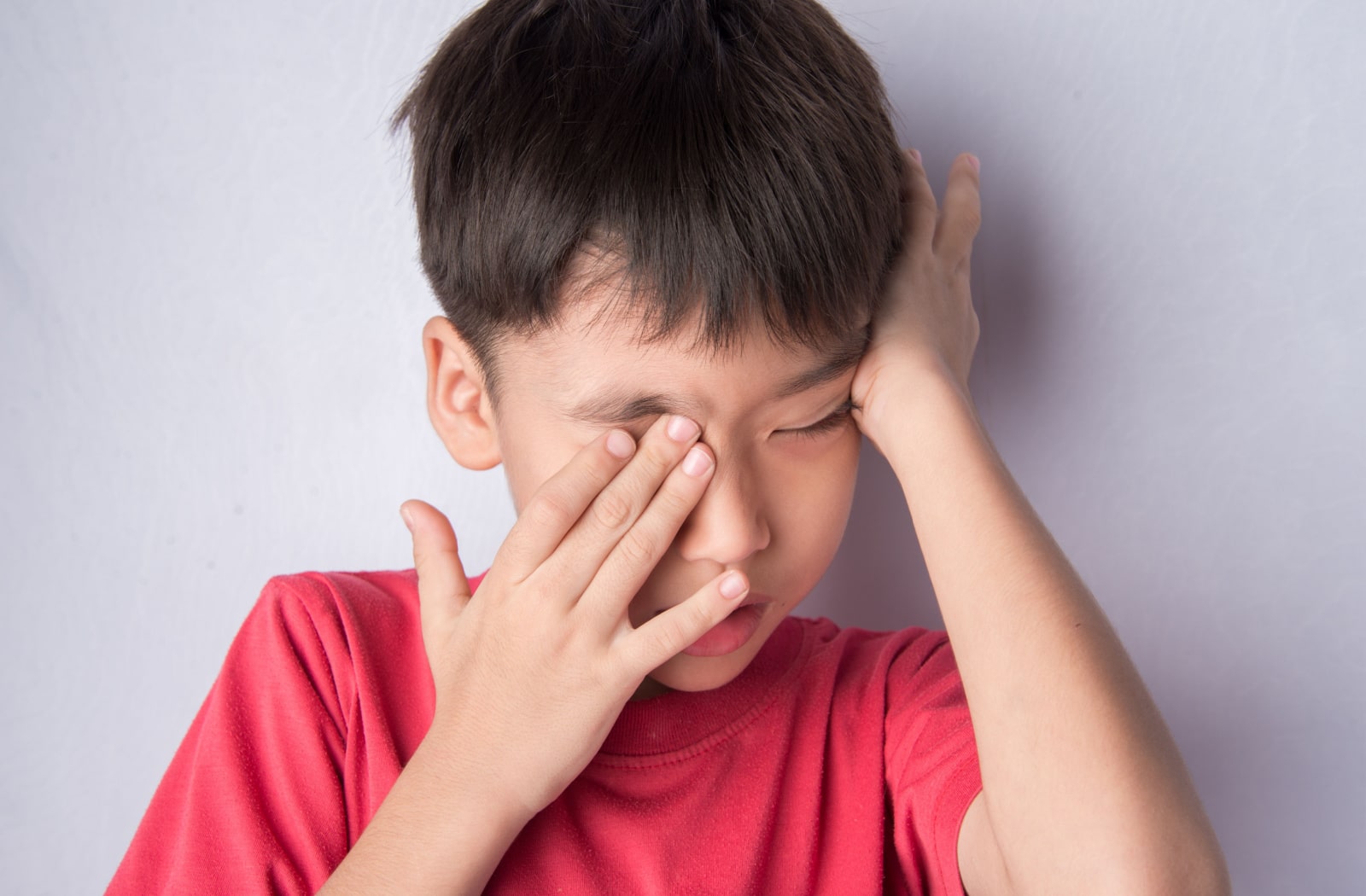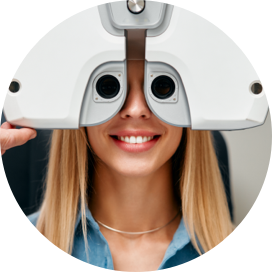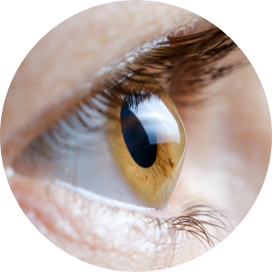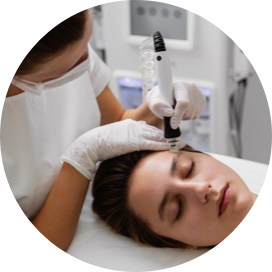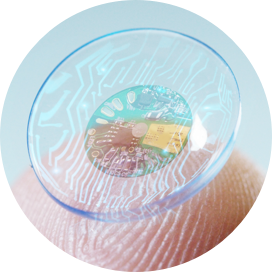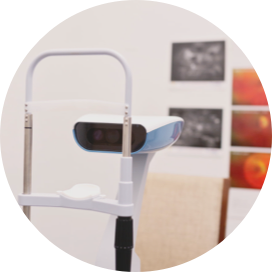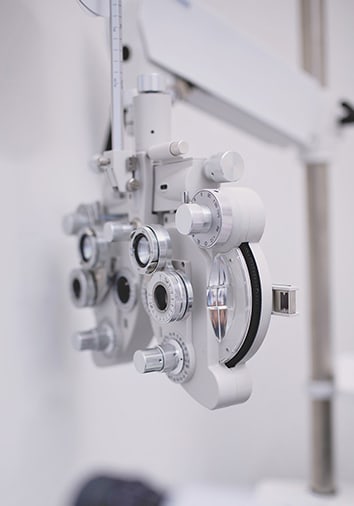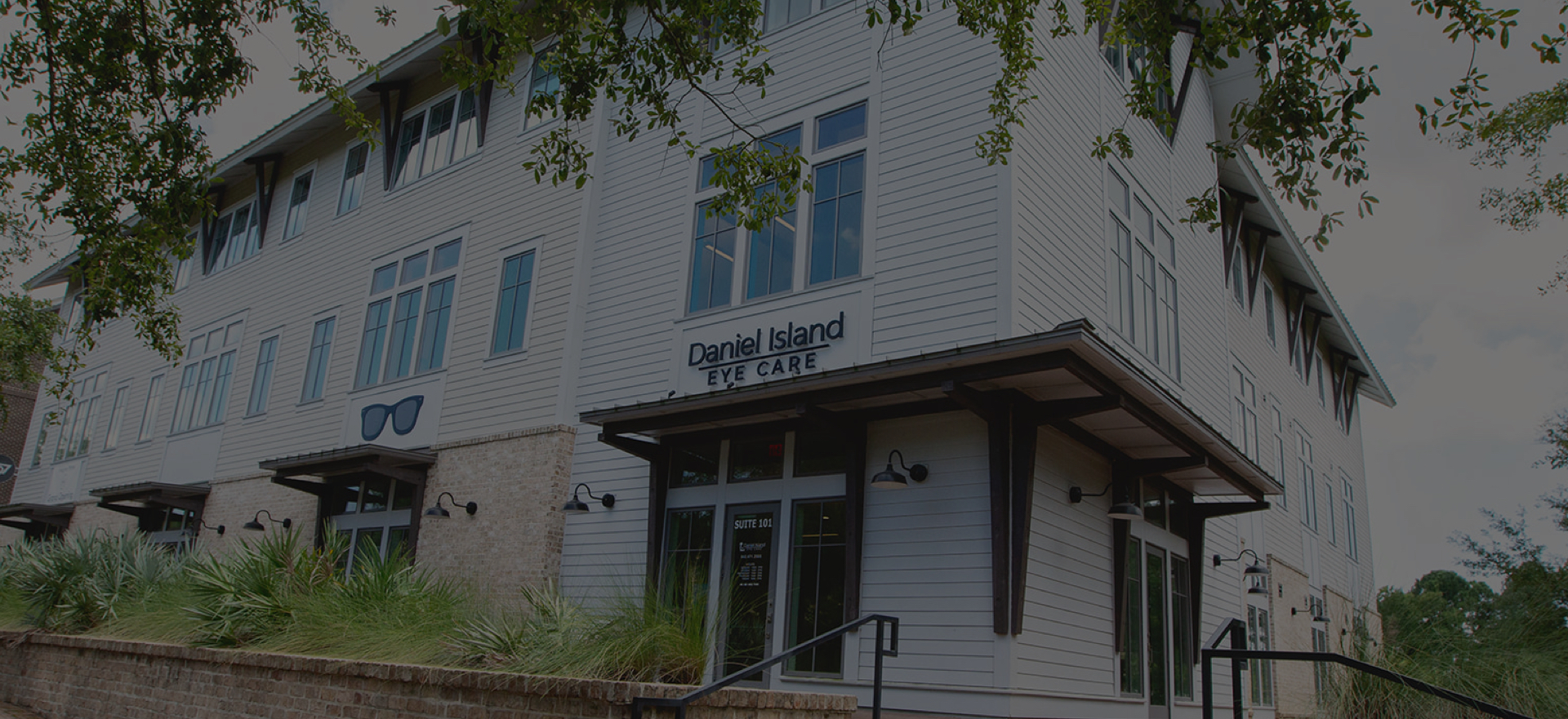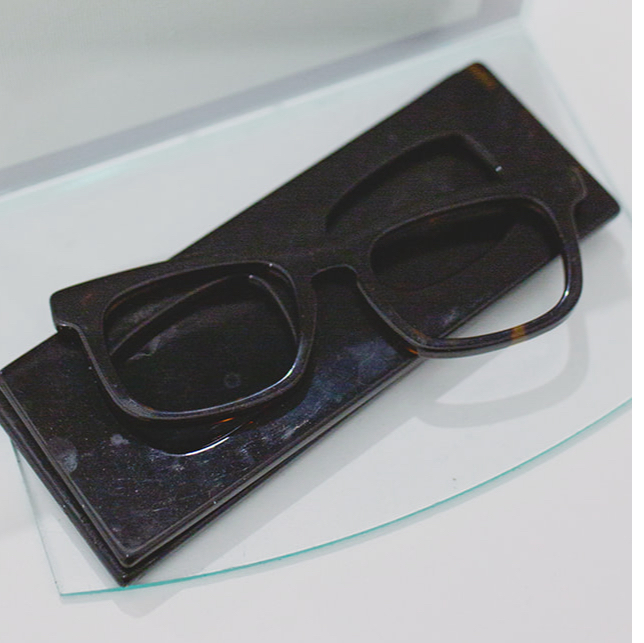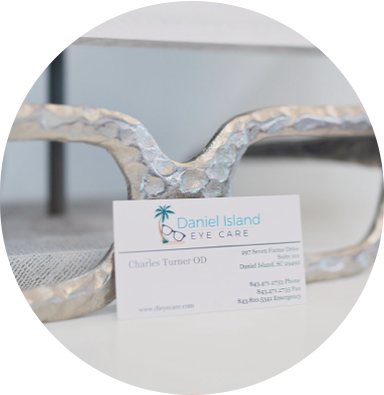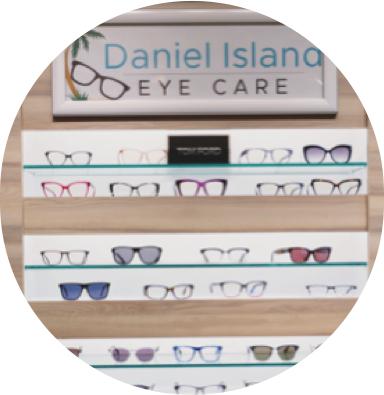As a parent, your child’s health is your top priority. You take them for regular check-ups, ensure they eat healthy, and get plenty of exercise. It’s especially important to pay attention to any possible warning signs when it comes to their vision.
Children rely heavily on their eyesight to learn, play, and explore the world around them. Any vision problems can significantly impact their development. And when they have vision problems, they may need glasses.
If they’re rubbing their eyes, squinting, have frequent headaches, are struggling in school, or have abnormal eye appearance, bring them in for a comprehensive children’s eye exam to address the problems and help them thrive.
Common Eye Conditions in Children
Children and adults generally experience different eye problems. While adults need their eyes monitored for eye conditions related to aging, children’s eyes are still growing and changing. Children’s most common eye problems include refractive errors, amblyopia, strabismus, or color blindness.
Refractive Errors
Refractive errors are the most common vision issues in children, and they occur when the shape of the eye leads to light bending incorrectly, causing blurry vision. Children with refractive errors may have trouble seeing things clearly, up close, or far away. This can cause difficulties with reading, writing, and playing sports.
Common refractive errors include:
- Myopia, or nearsightedness
- Hyperopia, or farsightedness
- Astigmatism
If you notice your child squinting, holding objects too close or too far away, or frequently rubbing their eyes, they may have a refractive error.
Lazy Eye
Lazy eye, or amblyopia, is another common vision issue that affects about 3 in 100 children. It occurs when one eye is weaker than the other, and the brain starts to ignore signals from the weaker eye, causing eventual vision loss.
If left untreated, amblyopia can lead to permanent vision loss, but early intervention can improve the outcome. Some signs parents may notice if their child has amblyopia include:
- Closing one eye
- Squinting
- Tilting their head
An optometrist can detect amblyopia earlier than most parents during a comprehensive eye exam, so it’s critical for your child’s eye health to maintain a regular eye exam schedule.
Crossed Eyes
Strabismus, or crossed eyes, is a vision disorder that occurs when the eyes don’t align correctly, leading to one eye turning inwards, outwards, upwards, or downwards. Children may sometimes switch between both eyes, leading to double vision and confusion.
Untreated strabismus can cause vision problems, including:
- Depth perception issues
- Impairment of 3D vision
- Amblyopia
- Eye strain
- Double vision
- Headaches
Early intervention is essential to treating strabismus, and parents should look for signs, such as eyes not moving together or one eye being turned in a different direction. Strabismus typically develops by age 3, but your optometrist can detect the condition in infants as young as 4 months old.
Color Blindness
Color blindness is a hereditary condition that affects around 1 in 12 boys and 1 in 200 girls. It occurs when the retina’s color-sensing cells don’t work correctly, leading to difficulty distinguishing between colors, especially reds and greens.
Most children with color blindness can still see as they should, although they may have trouble with some markers, games, and activities that rely on color coding. Parents can detect color blindness in their children by watching if they struggle telling the difference between shades of red and green or mix up colors with similar hues.
Your optometrist can perform a color vision test during your child’s eye exam to confirm the diagnosis.
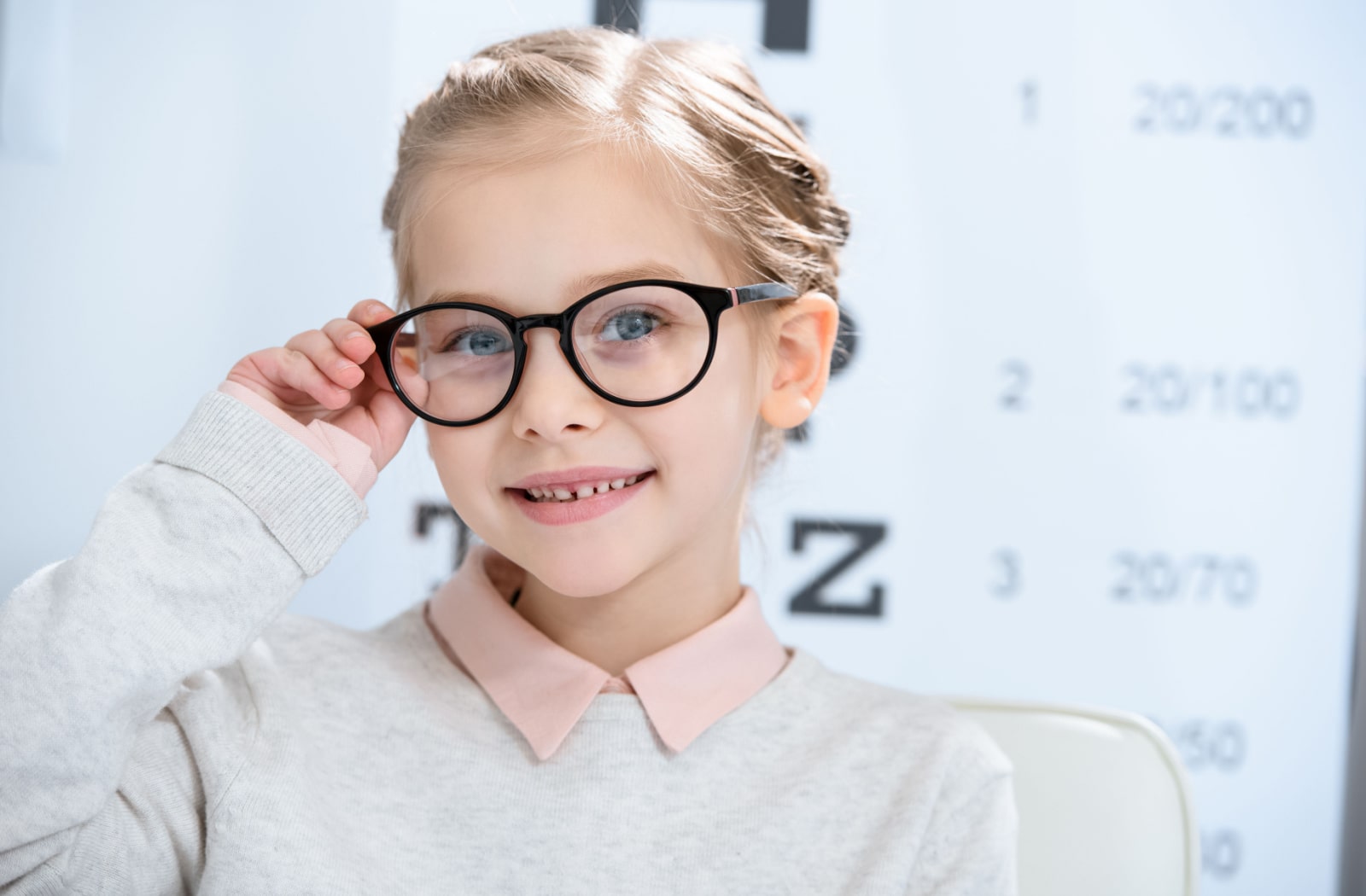
Signs Your Child Needs to Visit the Eye Doctor
Your child may not tell you about their vision problems, but behavioral cues can help you decide if it’s time for your child’s next eye exam.
Frequent Eye Rubbing
If your child frequently rubs their eyes, it could be a sign they’re experiencing eye fatigue or strain. However, it could also indicate an underlying issue, like refractive errors. If your child’s eyes appear red or irritated, consult your eye doctor.
Squinting
Squinting is a natural response to focus light and see more clearly, but if your child squints constantly, they need glasses. Squinting can also indicate another issue, such as astigmatism or amblyopia. Your optometrist can determine the exact cause and provide a suitable treatment plan.
Headaches
If your child complains of headaches, especially during or after reading or using computers or other screens, it could be a sign that they are experiencing eye strain. Specific vision issues, like a misaligned eye or uncorrected refractive error, can also cause headaches.
A comprehensive eye exam can help identify the root cause of your child’s headaches, and your optometrist can then recommend an appropriate treatment.
Difficulty in School
If your child struggles in school, it may be due to an undiagnosed vision problem. Poor vision can make it difficult for children to read the board or books, write, and concentrate in class, leading to lower grades and frustration. A comprehensive eye exam can identify any vision problems affecting your child’s learning and help support academic performance.
Abnormal Eye Appearance
If one of your child’s eyes wanders or turns inward or outward, it could signify a more significant issue. Similarly, if one eye appears smaller or larger than the other, or if the pupil is misshapen or doesn’t react to light, it may be due to a vision problem that requires immediate attention from an eye doctor.
It’s Time for Your Child’s Next Eye Exam
If you notice any worrying signs in your child, schedule an appointment with the team at Daniel Island Eye Care. Early detection and treatment of vision problems can prevent more severe issues down the road and improve your child’s quality of life.
Even if your child has no noticeable vision problems, annual eye exams are still essential, as many eye conditions are asymptomatic in the early stages. By prioritizing your child’s eye health, you are setting them up for success in all aspects of life.

